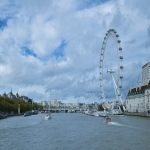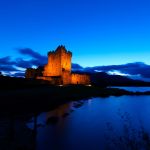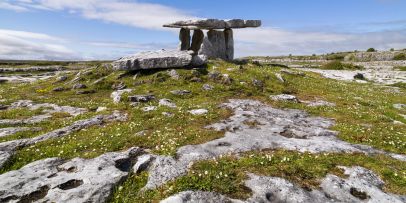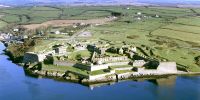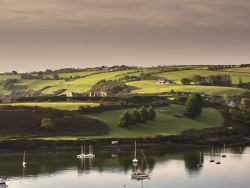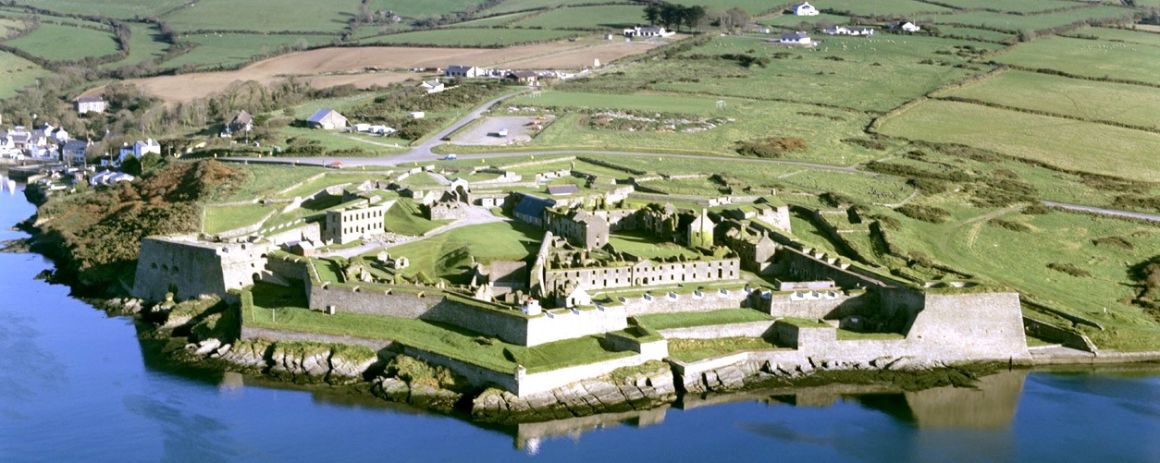Questions about the Wild Atlantic Way
What is the Wild Atlantic Way?
The Wild Atlantic Way is a long-distance touring route, the first of its kind in Ireland. It runs the length of Ireland's western coast, facing the Atlantic Ocean, from County Donegal in the northwest to County Cork in the southwest. The initial aim of the Wild Atlantic Way was to give greater visibility to Ireland's west coast in overseas markets. The Wild Atlantic Way is 2,500 km (1,553 miles) long and passes through 3 provinces of Ireland (Ulster, Connacht and Munster). It has given a huge boost to the tourism industry of the region since its launch in February 2014.
Where does Wild Atlantic Way start and finish?
The Wild Atlantic Way, if you were to begin in the north and travel south, starts in the Inishowen Peninsula of County Donegal and finishes in Kinsale, County Cork. This route would see you passing through counties Donegal, Leitrim, Sligo, Mayo, Galway, Clare, Limerick, Kerry and Cork.
How old is the Wild Atlantic Way?
The Wild Atlantic Way was officially launched in 2014 but the strategies and plans leading to its opening date back as far as the 1960s.
Who created the Wild Atlantic Way?
The Wild Atlantic Way was developed by and is maintained by Fáilte Ireland (National Tourism Development Authority). They are also responsible for the east coast equivalent; Ireland's Ancient East.
How long does it take to travel the Wild Atlantic Way?
To drive the whole of the Wild Atlantic Way would take an estimated 20 hours. And, that's in one go with no breaks. We would not advise this for any journey, especially not one where the majority of roads are narrow and windy. To travel the entire Wild Atlantic Way, stopping at all the main points of interest and to travel at a relaxed pace, 2 to 3 weeks would be ideal.
Can you walk the Wild Atlantic Way?
For anyone interested, it would take about 174 hours (that's just over a week) to walk the Wild Atlantic Way without stopping. Again, this is not advisable. The Wild Atlantic Way is marked as a driving route but it would be possible to walk it in its entirety. Obviously, taking it in smaller sections with regular breaks would be a safer and more enjoyable experience.
Where should I stay on the Wild Atlantic Way?
Finding accommodation along the Wild Atlantic Way is relatively easy. There is an endless supply of Bed & Breakfast, Hotels and Hostels dotted throughout. The best places to stay along the way, depending on your plans, might be the cities of Limerick and Galway or the larger towns in Cork, Kerry and Donegal. These would at least be the best places to stop off and stock up on supplies. If you are looking to get away from the hustle and bustle of busier areas, then you can find numerous Bed & Breakfast, Hostels and Campsites in the smaller villages along the way too. It is always worth making a plan of your stops and booking ahead, regardless of what type of accommodation you choose.
Is the Wild Atlantic Way signposted?
There are signposts throughout the route, as well as numerous tourist information points.





